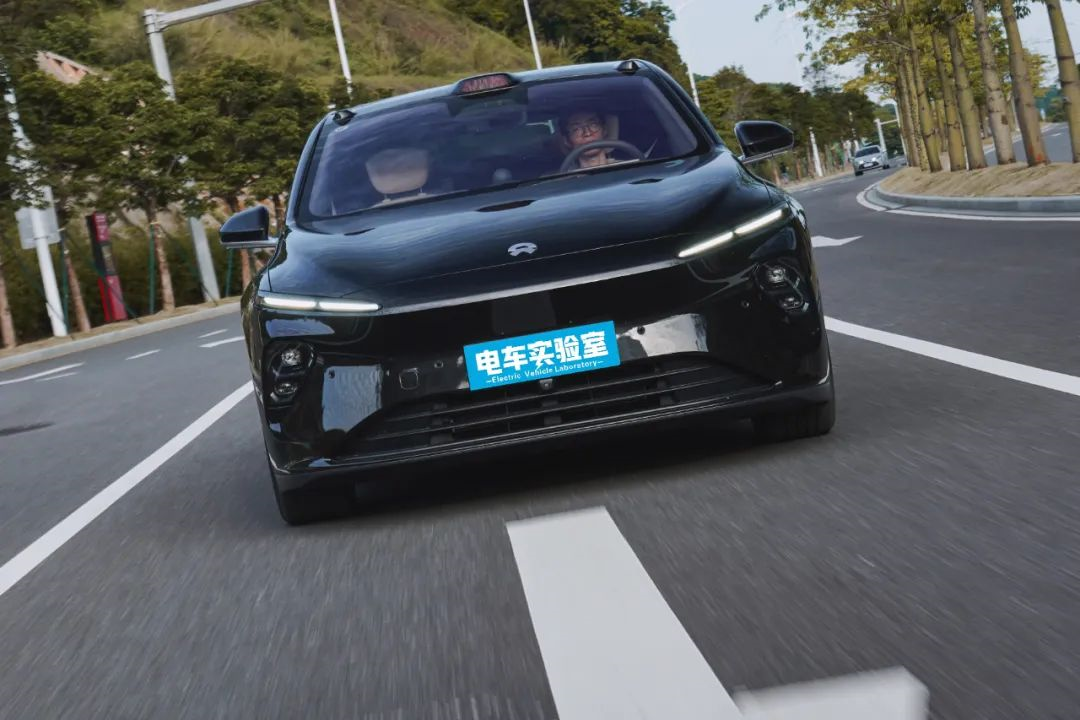Featuring: Chen Han
Photography: Zhong Chuwen
Post-production: Zeng Chaowen
Producer: Jiang Yanlin
Once in the midst of anxiety about too much endurance.
Duration of this episode is 11 minutes, click the playback button below to watch.
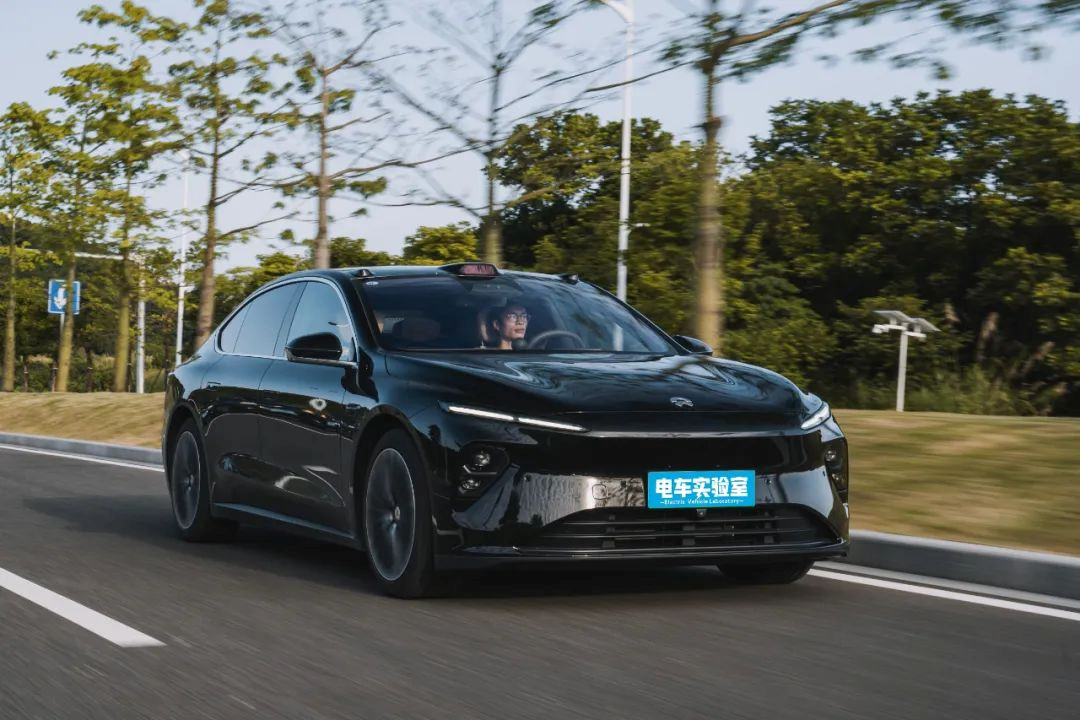
Test Vehicle
NIO ET7 100kWh w/ 20-inch tires
Vehicle source: Official test vehicle
Mileage: Approximately 2000km (random battery swapping)
Nominal range: 675km
Battery capacity: 100kWh
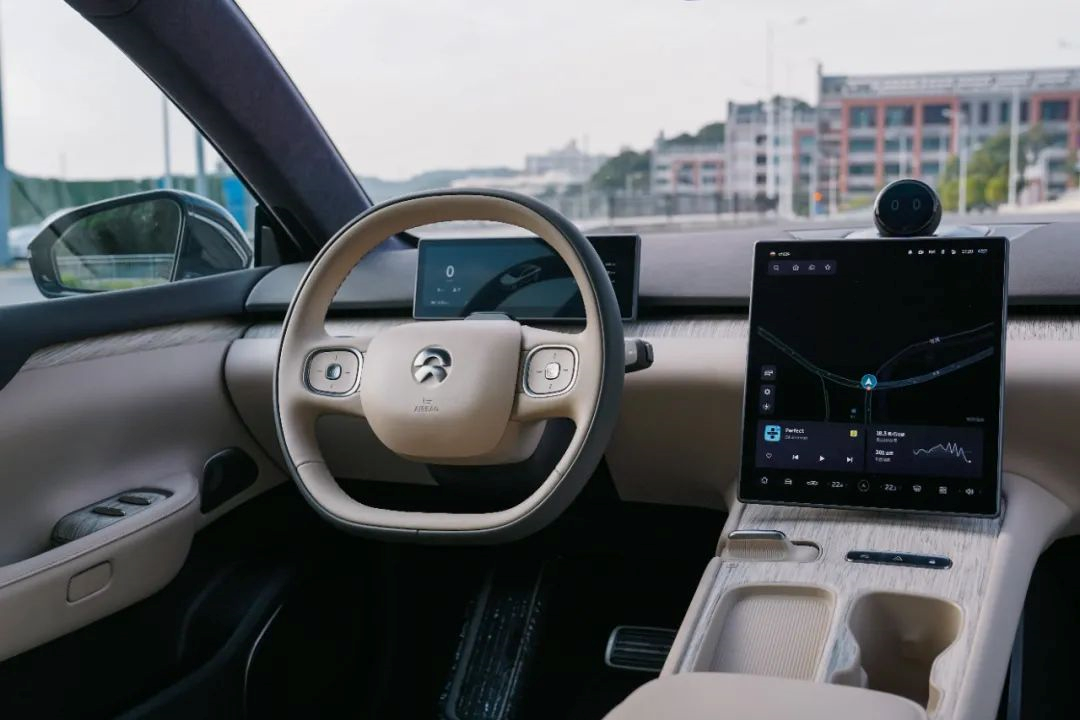
Testing Standards
-
Adjust the tire pressure to the standard tire pressure.
-
Set the air conditioning temperature to 22℃ and the fan to 2 throughout the journey.
-
Adjust the driving mode to ECO energy-saving mode, with the maximum energy recovery.
-
Use the first 50% of the battery power for high-speed cruising (speed limited to 100km/h), and the last 50% for urban driving (speed limited to 60-80km/h).
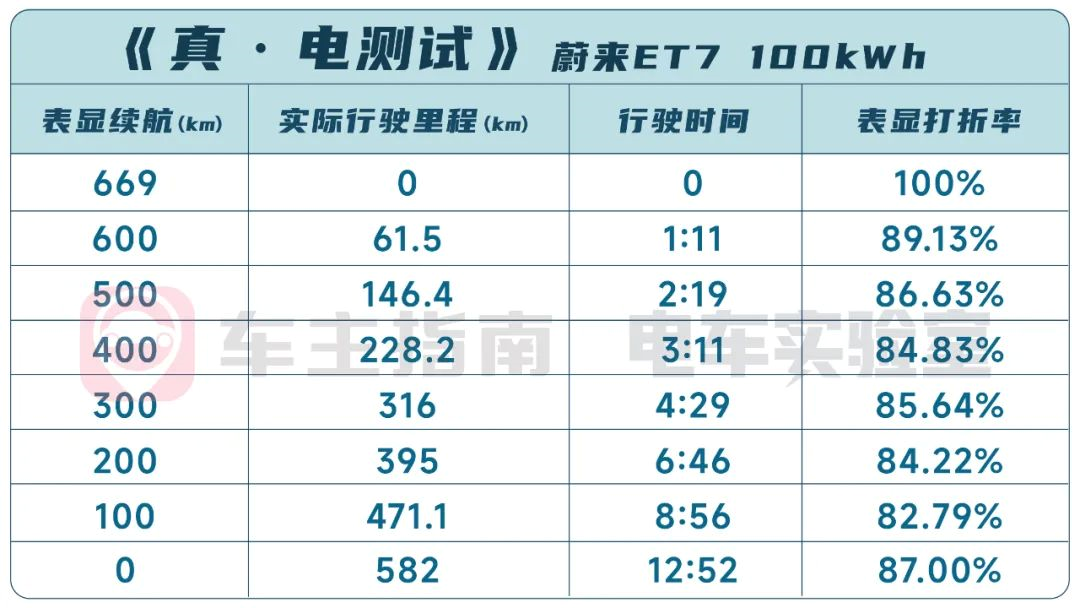
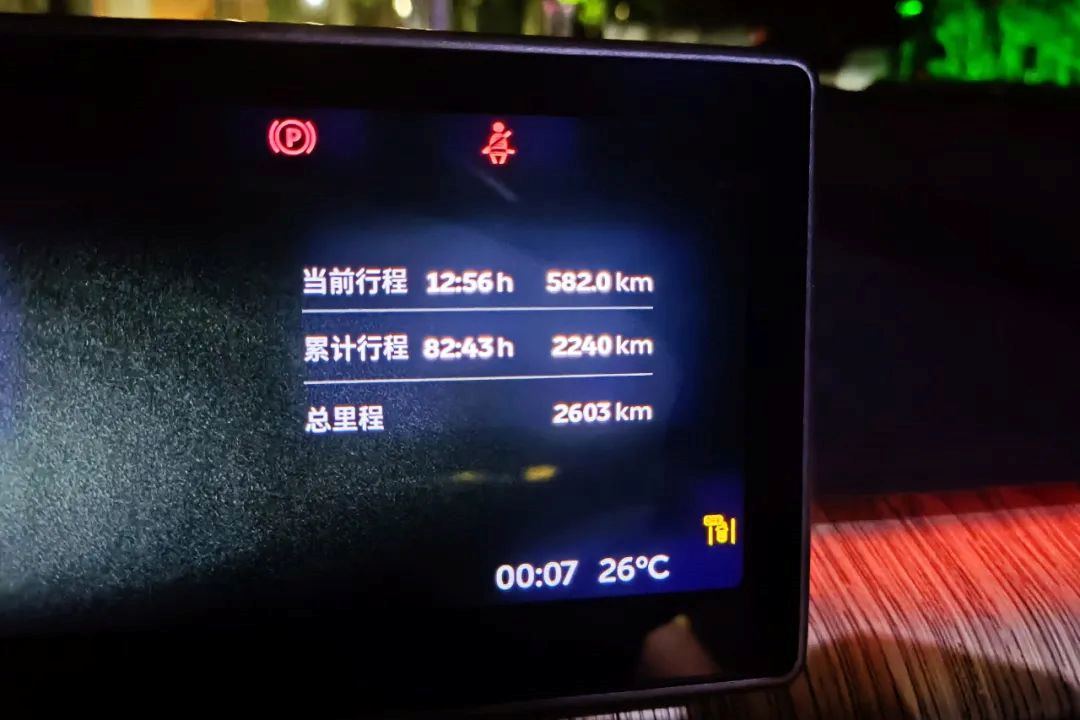
Test Results
Measured range: 582km
Discount rate: 87.00%*
*Note: Calculated based on the displayed range of 669km. As the ET7 only has a fast charging interface, the maximum charge using a public fast charging station during the test was only 99%.
Driving time: 12 hours 52 minutes
Average speed: 45.23km/h
Displayed electricity consumption: 14.8kWh/100km (last 100km)Driving Comfort: 4.5 / 5
Driving Experience: 5 / 5
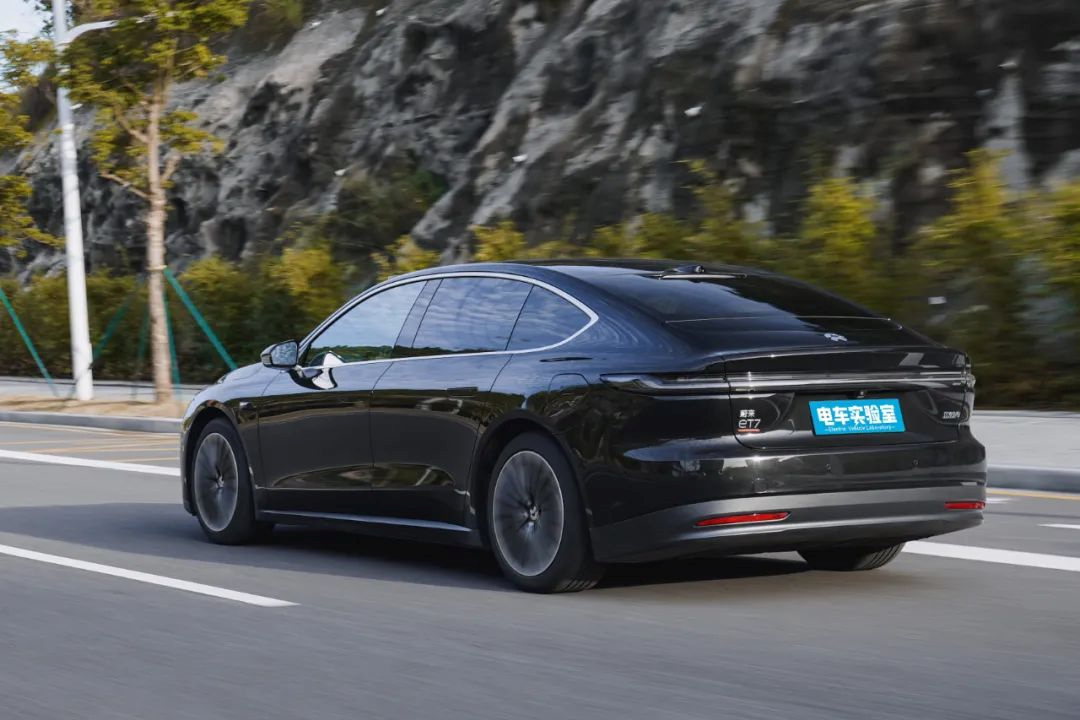
In each issue of “True Electric Testing,” friends always leave messages saying that the 100 km/h highway speed limit is too low. Here, I will explain the reasons mainly in two points:
-
The original intention of this column is to test the real difference in endurance between different cars and provide users with reference, so it is necessary to unify variables as much as possible. For example, many A0-level and below pure electric vehicles with high market share, such as the Wuling Hongguang MINI EV and the Ola HeiMao, cannot run at 120 km/h, so a highway speed limit of 100 km/h is a standard that can be applied to all models and is fair and open.
-
Most of the highways around Guangzhou where we are located have a speed limit of 100 km/h. Therefore, we choose to limit the entire highway to 100 km/h for testing convenience.
Of course, we also realize that the existing test standards cannot reflect the real endurance of electric vehicles on long-distance highways, and many users are also very concerned about this. Therefore, from now on, for models that have the conditions for additional testing, we will also increase pure high-speed endurance testing. The test standard is very simple and crude, which is to fill up the electricity at the highway service area, drive at full highway speed, up to 120 km/h, until the remaining endurance is lower than 50 km, which is a safe value.
The first car to undergo additional testing is the NIO ET7, which almost knocked me down. What will be its pure high-speed endurance? Let’s wait and see.
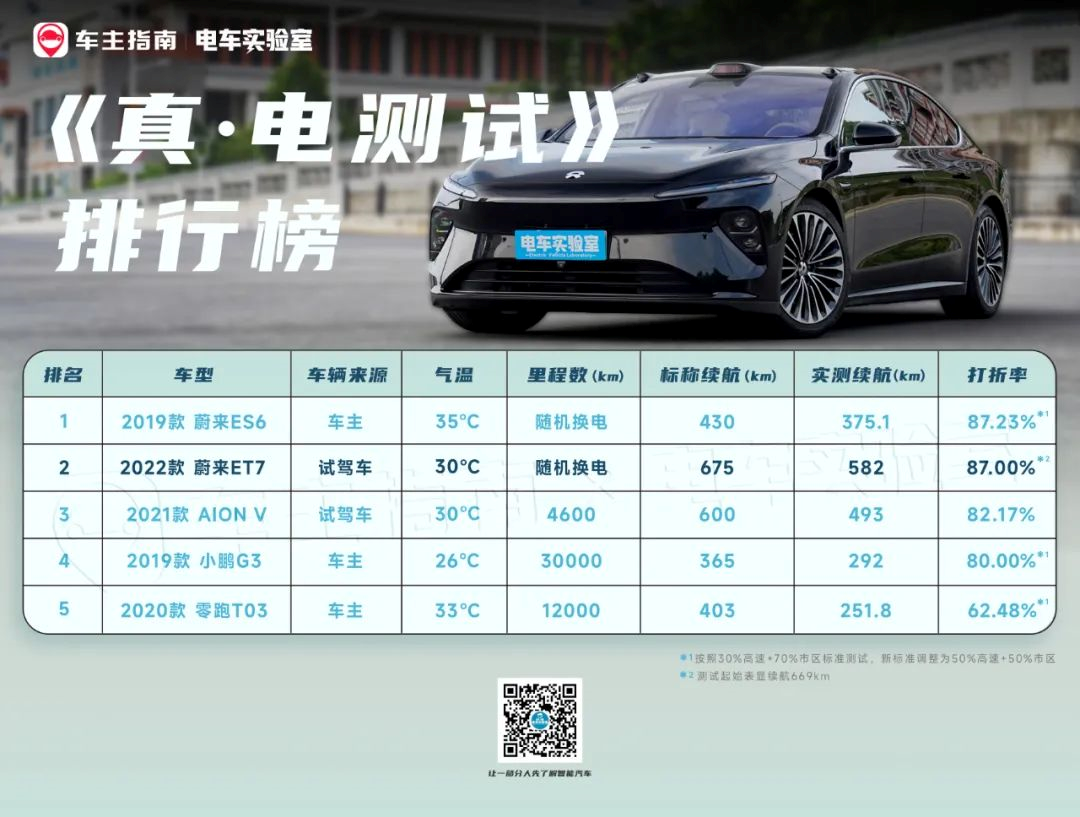
This article is a translation by ChatGPT of a Chinese report from 42HOW. If you have any questions about it, please email bd@42how.com.
